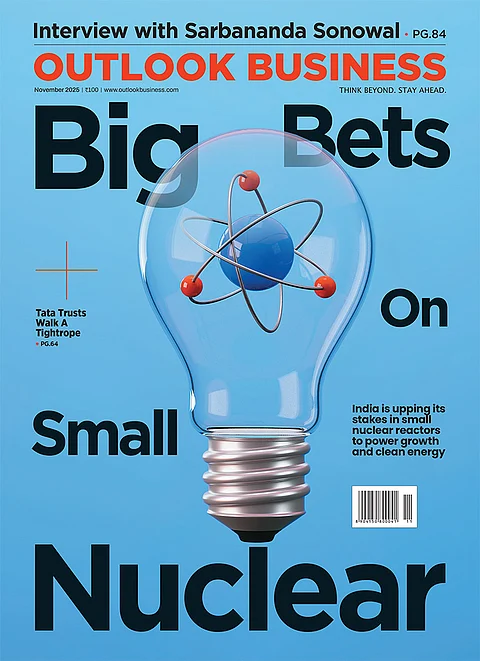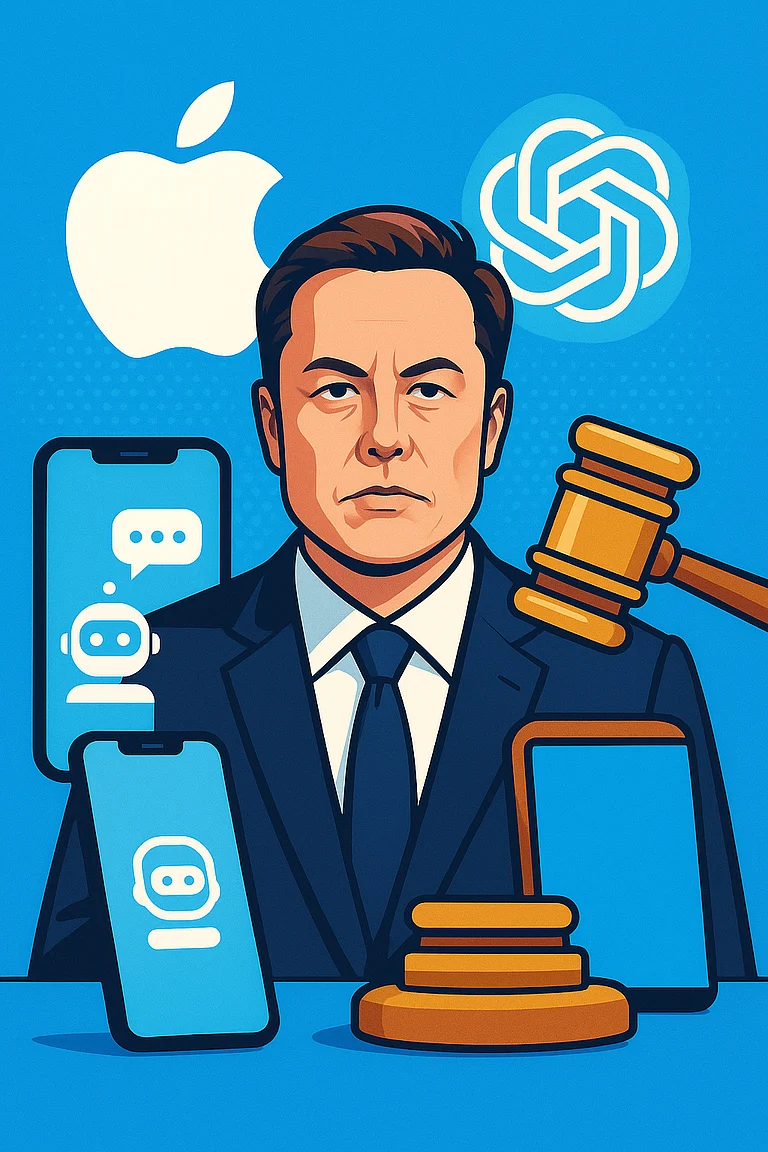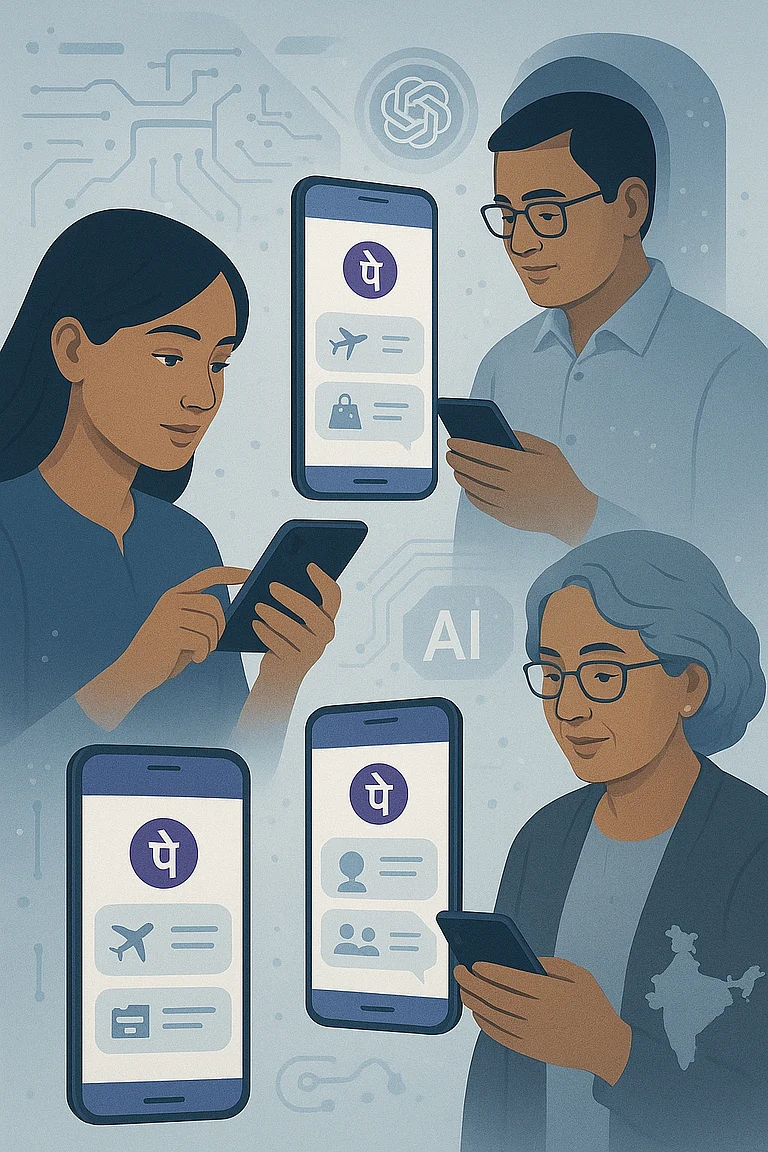
OpenAI and Jony Ive co-develop a secretive consumer AI device
Engineering hurdles: behavior design, privacy safeguards and massive backend compute
Manufacturing and supply-chain choices (Luxshare, Goertek) remain unresolved
Launch timeline uncertain; viability depends on privacy, infrastructure and supply solutions
OpenAI and designer Jony Ive are wrestling with engineering and product-design problems in developing their secretive AI device, the Financial Times reported.
The gadget, born from OpenAI’s $6.5 billion acquisition of Ive’s io products business in May is intended to read audio and visual cues from its environment and act as a continuously aware assistant without a traditional screen. Users would interact via cameras, microphones and speakers, and the unit would build a running contextual memory over time.
But those ambitions have reportedly collided with practical obstacles around software behaviour, privacy safeguards and the vast compute required to run OpenAI’s models at consumer scale. The technical and product trade-offs could delay the planned consumer roll-out.
Technical Hurdles
FT reported that the team has not finalised how the assistant should sound or behave. This is a difficult design problem that affects when the device should interrupt a user, how long it should speak, and how to avoid repetitive or intrusive responses.
OpenAI is also wrestling with how to guarantee user privacy while enabling continuous sensing and contextual memory. A related crunch point is backend capacity, distributing the processing power to serve millions of always-connected devices also remains unresolved.
Manufacturing & Supply Chain
OpenAI has hired hardware talent from Apple and other consumer-tech teams and is reportedly working with contract manufacturers including Luxshare while exploring suppliers such as Goertek to build prototypes and prepare for mass production.
Final decisions about assembly locations and whether sensitive operations should remain outside China are said to be unsettled.
The product is central to OpenAI’s push into consumer hardware and would test whether the company can translate leading models into a new device category.
Analysts reportedly say OpenAI has design firepower and model expertise, but locking down reliable supply chains, clear privacy guardrails and an economically viable backend will determine whether the device can be delivered at an acceptable price and scale.
OpenAI reportedly declined to elaborate beyond noting that iterative problems are normal in product development. Insiders say hardware, software and infrastructure work continues in parallel, but no firm launch date has been confirmed, earlier reporting indicated 2026 targets.































